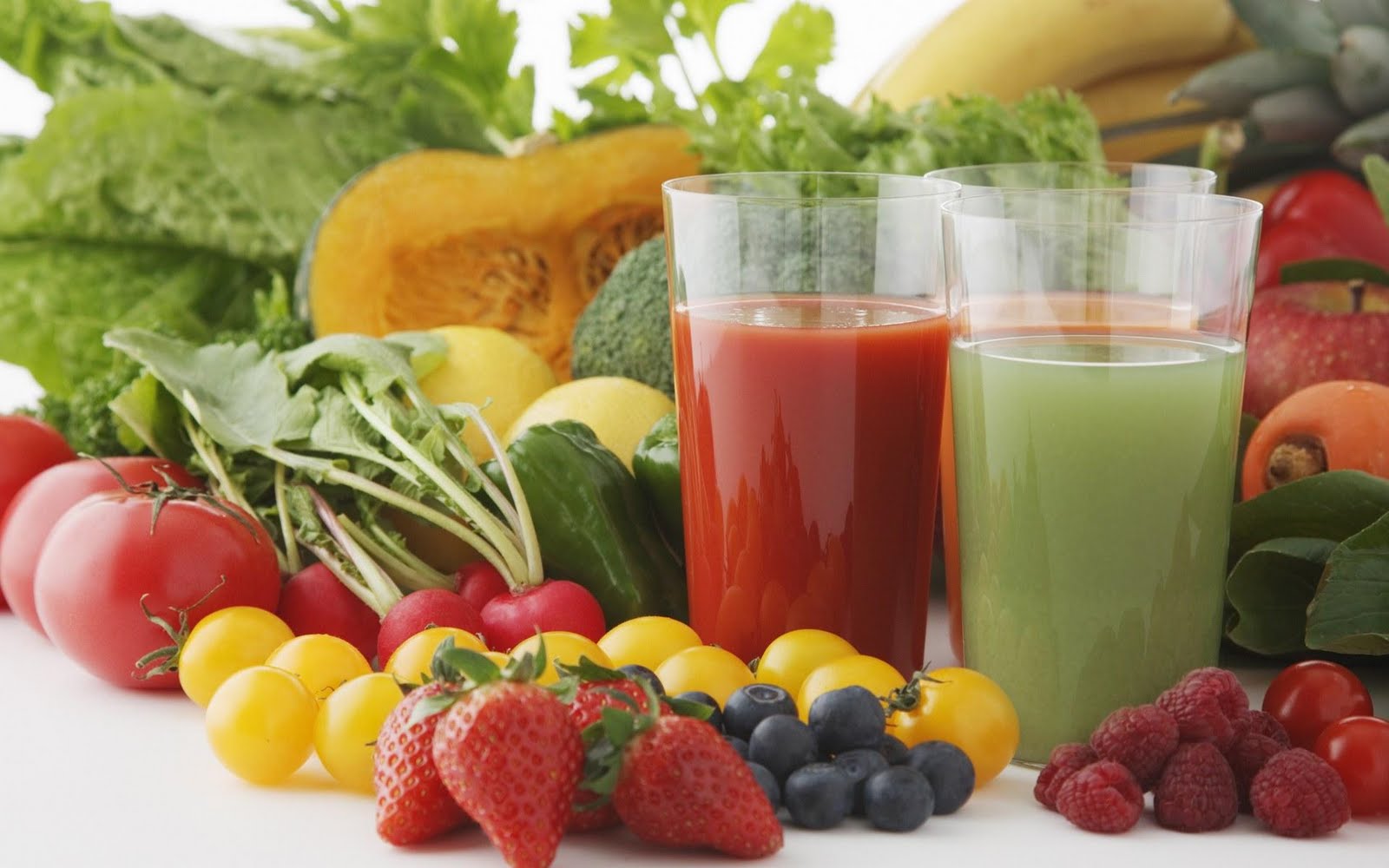 There are many ways to do a detox or cleanse, and choosing a program that fits your lifestyle, motivation level and nutritional needs is very important. There are, of course, situations when one shouldn’t cleanse — pregnant or breastfeeding women should never start a detox program and undernourished/underweight people should work with a nutritionist or other health care practitioner before starting any program that reduces their caloric intake. For other people who want to “clean out the clutter”, tackle food sensitivities or change eating habits, cleansing can be a very useful tool. So what style works for you? Here are a few options…
There are many ways to do a detox or cleanse, and choosing a program that fits your lifestyle, motivation level and nutritional needs is very important. There are, of course, situations when one shouldn’t cleanse — pregnant or breastfeeding women should never start a detox program and undernourished/underweight people should work with a nutritionist or other health care practitioner before starting any program that reduces their caloric intake. For other people who want to “clean out the clutter”, tackle food sensitivities or change eating habits, cleansing can be a very useful tool. So what style works for you? Here are a few options…
Fasting: While fasting can be deeply effective and is used by many cultures on a regular basis, it can be intense for most individuals. It is very important to consult an experienced nutritional practitioner before diving into this experience.
Juice cleansing: Similar to fasting, juice cleansing eliminates burden on the digestive system so the body can focus its energy on deep detoxification and healing. Juice cleansing has the added benefit of ensuring the body is fuelled with energy, vitamins, minerals and phytonutrients during the process. The stomach will feel fuller (over fasting), making it easier to follow. It is important to enter a juice cleanse by reducing the diet down to easy-to-digest foods (vegetables, fruits, brown rice) one to two days beforehand (the same foods should be used to transition your stomach out of the cleanse). The type of juice is very important — the bulk of the juices should be from raw, fresh-pressed vegetables (with some fruit juices). Herbal teas are also used frequently in juice cleanses and at least eight glasses of clean water should be consumed each day. It is good practice to consult your health practitioner before starting any health program that is a change from the norm, especially if you take medications that require food to be consumed at the same time.
Elimination diet / general detoxification diet: This is the least challenging program because you continue to eat meals and snacks throughout the day (as long as the foods are on your “allowed” list). It involves the intake of nutrient-dense, hypoallergenic foods, while avoiding “bad stuff” (for best results, follow this program for a month, at minimum). What is “bad stuff”. Well, anything that doesn’t serve our bodies in a healthy way or foods that can trigger an immune response. That includes alcohol, coffee, most sugars and refined carbohydrates, wheat, processed foods, artificial colourings/flavours, dairy foods, etc. What’s left, you ask? Actually lots! Vegetables, fruits, lean poultry, fish, legumes, nuts, nutritious grains like brown rice, quinoa, millet, etc., as well as juices, herbal teas and lots of water. Not only will this program allow your body to focus on removing toxins and healing, you will eat nutrient-rich food in its most natural state, allowing your taste buds to relearn how to enjoy the natural tastes of foods. This diet may include other “avoid” foods depending on whether the individual has an immune disorder or indications of yeast overgrowth.
Any cleansing program will change the way you think of food and you will feel great after its done (note: it is normal to feel a little worse before you feel “great”). In addition to the benefits of detoxification, most people will see a reduction in weight and water retention, develop an appreciation for new flavours, see a reduction in food cravings and often times discover food sensitivities (which can play havoc on the body when undetected).
It is important to time your cleanse appropriately, taking into consideration access to fresh produce, energy requirements and even social plans. It can be helpful to buy everything you will need a head of time so you will have plenty of “allowed” items in your kitchen when cravings strike in those first few days. Gaining support from family members can be helpful as well. Many times, appropriate herbal, nutritional or homeopathic preparations are taken during a cleanse for added support. A nutritionist or alternative health care provider can help develop a program that best suits your goals, nutritional needs and lifestyle.